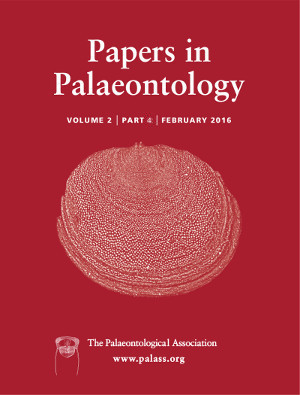Reg. Charity No. 1168330

Modern baleen‐bearing mysticetes are descendant from archaic, toothed mysticetes known from the Late Eocene and Oligocene of the Pacific Ocean. These toothed mysticetes, such as aetiocetids and mammalodontids, dominate the Oligocene fossil record. However, larger bodied eomysticetids have recently been described from the Oligocene of the Pacific and western Atlantic. These eomysticetids lack functional teeth as adults and are thus considered to be the earliest members of Chaeomysticeti. A new fossil from the Olympic Peninsula, Washington State, including a partial skull, tympanic bullae, mandibles and postcrania, is here described as Sitsqwayk cornishorum gen. et sp. nov. S. cornishorum is a Late Oligocene mysticete lacking functional teeth and is the most phylogenetically basal chaeomysticete. Accordingly, S. cornishorum exhibits a mosaic of aetiocetid and eomysticetid characteristics. The presence of S. cornishorum in the North Pacific, and its phylogenetic position relative to the eomysticetids from the Southern Ocean, suggests a possible a North Pacific point of origin for Chaeomysticeti.